News
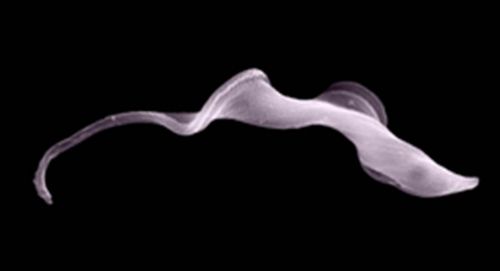
13/12/2017
ALBA Synchrotron Works for People’s Health
ALBA Synchrotron Works for People’s Health
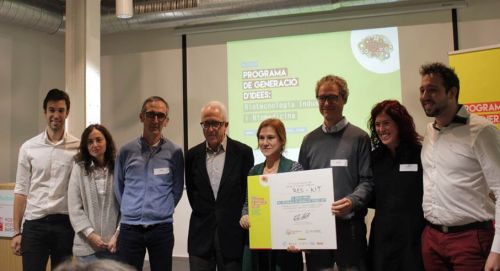
01/12/2017
NanoPlastics Awarded As Best Business Idea Of The UAB University Research Park
NanoPlastics Awarded As Best Business Idea Of The UAB University Research Park

23/11/2017
The Excellence of Natura Bissé Awarded by Forbes Travel Guide
The Excellence of Natura Bissé Awarded by Forbes Travel Guide
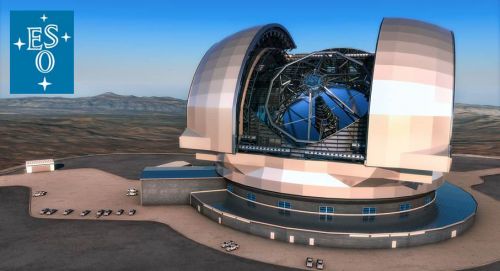
08/11/2017
SENER, 50 Years in Space and Ambitious Projects Such As the E-ELT Telescope
SENER, 50 Years in Space and Ambitious Projects Such As the E-ELT Telescope
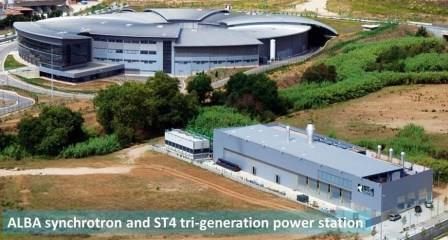
02/11/2017
The Barcelona Synchrotron Park in the SmartReFlex European project
The Barcelona Synchrotron Park in the SmartReFlex European project
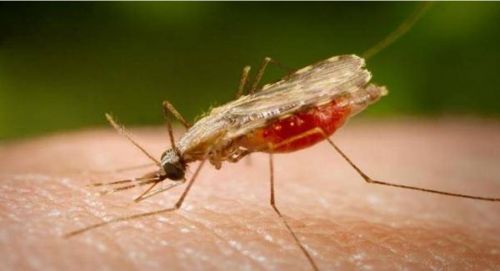
26/10/2017
New Findings on Malaria Thanks to ALBA Synchrotron
New Findings on Malaria Thanks to ALBA Synchrotron









